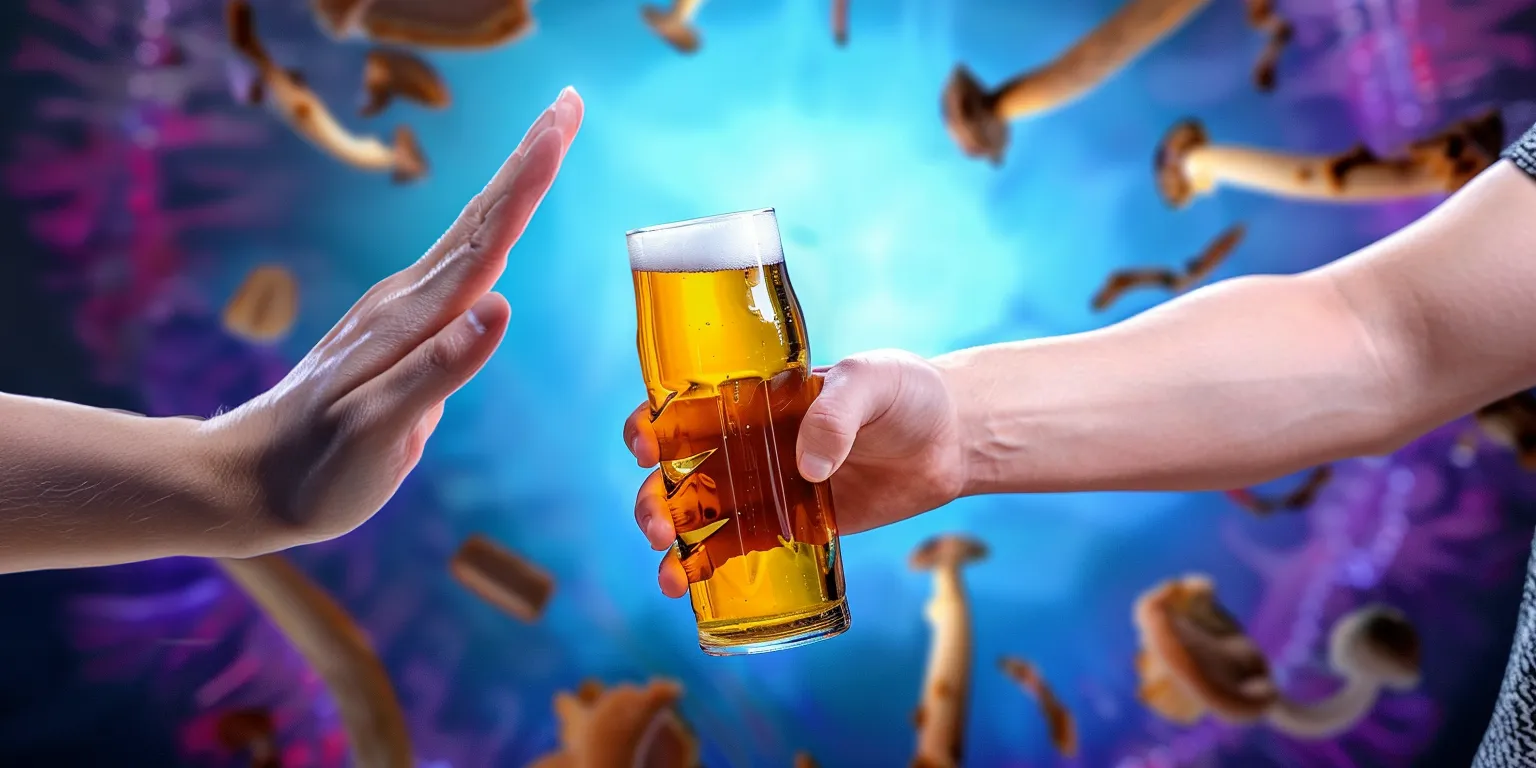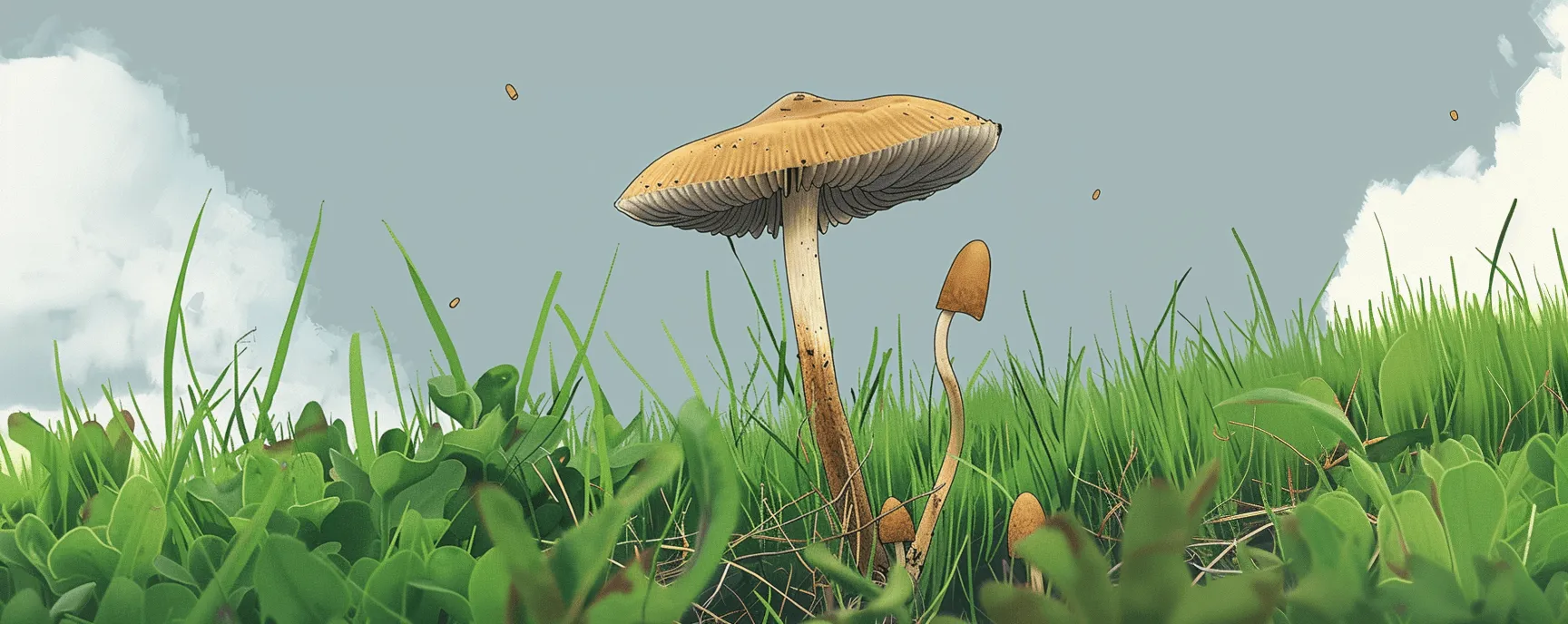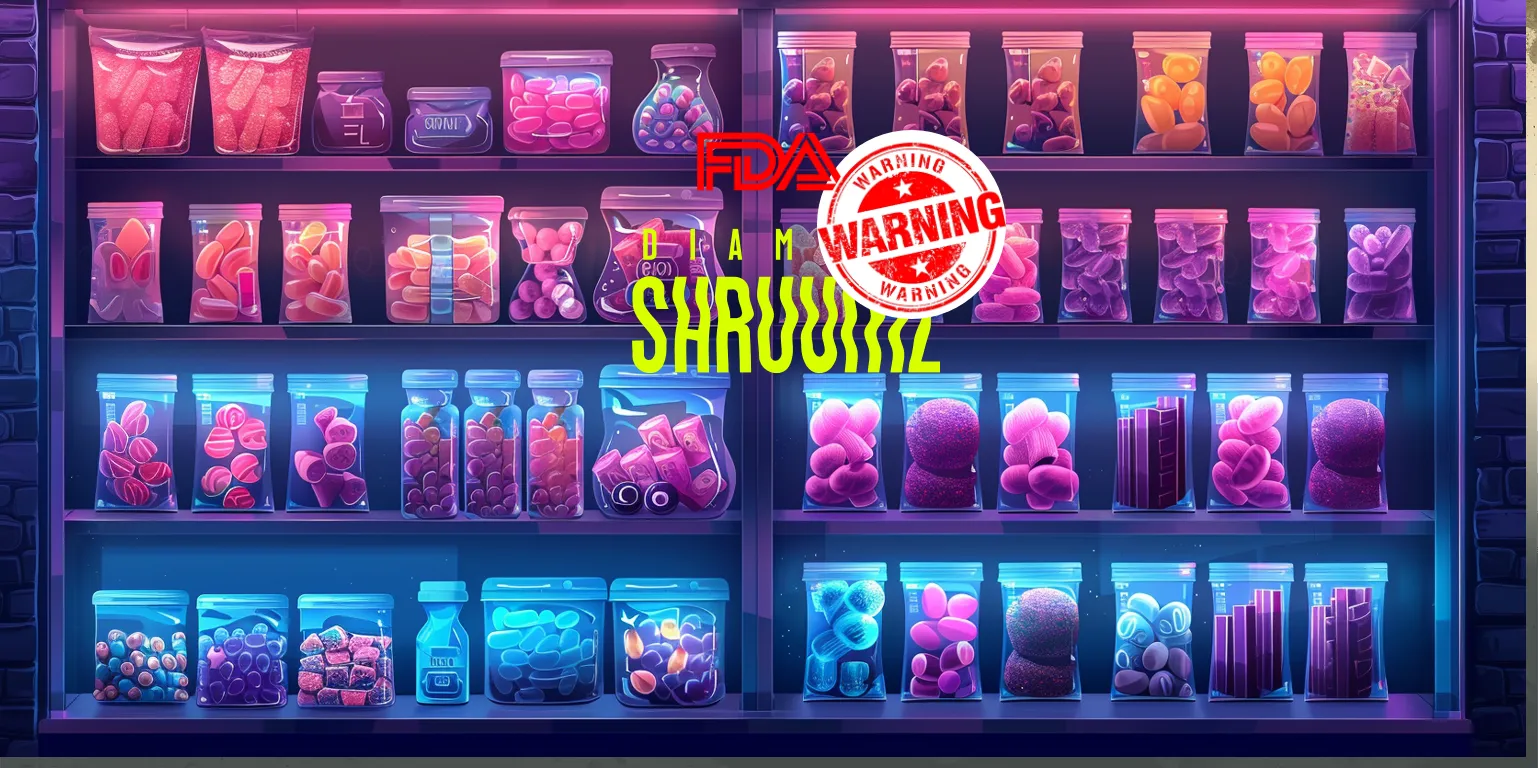What do psychedelics have to do with being gay?”
This question isn’t just hypothetical for Dr. Alex Belser, MPhil, Ph.D., a clinical scientist, co-editor of Queering Psychedelics, licensed psychologist, and psychedelic researcher at Yale University. For him, it’s critical to building a space for the LGBTQ+ community within the nascent “psychedelic renaissance.”
Dr. Belser has a long history of working with the LGBTQ+ community. He started at the 2010 Psychedelic Science Conference, “handing out flyers,” and “doing meet and greets.” Dr. Belser’s research was met with a fair share of skepticism and raised eyebrows. As he puts it, “a lot of straight folks looked at me and asked, ‘What do psychedelics have to do with being gay?’ I responded, ‘I’m not really sure how to answer your question right now, but I know that they do.”
That sort of question may surprise you. For the most part, the psychedelic community is known for being open-minded, free-loving, and inclusive. Isn’t it?
Keep Up with Uncensored Psychedelic Trends
Join our newsletter at Psychedelics Uncensored.
We respect and protect your privacy. By subscribing your info will be subject to our privacy policy . Unsubscribe easily at any time
At that time, Dr. Belser’s research focused primarily on suicide prevention among lesbian, gay, and bisexual teens and young adults. In today’s age, American society’s attitude towards LGBTQ+ people has changed. According to Gallup, 71% of Americans support same-sex marriage, and one in five Gen Z Americans identify as some flavor of queer. However, Dr. Belser believes things may not be as rosy as they seem, saying, “We think it’s getting better, but in some ways, it’s not.”
Dr. Belser states, “Historically, when I was coming out of the closet as a queer, gay man the average age (for doing so) was 24. Then it became 20, then 16, and now kids are coming out around the age of 12. Sometimes, they’re in families and religious communities that may not be affirming and are often actively rejected. They don’t have financial independence, they don’t live alone, and they’re going through puberty. Life is hard in America for people going through puberty, and the rates of suicide are extremely high.”
Coming back to the question posed to Dr. Belser all those years ago. What does that have to do with psychedelics?
Dr. Belser describes a “form of torture, comparable to anything that happened within the confines of MK-Ultra, or any physical or sexual abuse. And the community isn’t addressing it.”
That isn’t an easy question to answer. After all, when you hear or read the word “psychedelic,” you probably imagine free-loving, happy humans bedecked in pashminas, floral patterned clothes, and likely wandering some idyllic alpine meadow in a far-off locale. Maybe you flashback to the “Just Say No” campaigns of the 1980s, or Daren the Lion, an eponymous mascot of the D.A.R.E program. Or perhaps you instantly picture the likes of Ram Dass, Timothy Leary, Paul Stamets, or Rick Doblin.
What you probably don’t imagine is conversion therapy. Or the long, and often unfortunate history of psychedelic medicine being misused as a tool to force young LGBTQ+ people to change something that’s an essential part of themselves.
What you probably don’t imagine is conversion therapy. Or the long, and often unfortunate history of psychedelic medicine being misused as a tool to force young LGBTQ+ people to change something that’s an essential part of themselves.
Keep Up with Psychedelic Trends
Get uncensored psychedelic news, events, and updates. Join Psychedelics Uncensored!
We respect and protect your privacy. By subscribing your info will be subject to our privacy policy . Unsubscribe easily at any time
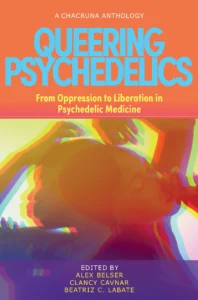
There has always been a small, but continuous presence of homophobia within the psychedelic movement. Dr. Belser highlighted a recent example from the launch of his book Queering Psychedelics, saying, “There’s a wave of transphobic moral panic sweeping the nation with laws at various levels against adequate and equitable healthcare for trans folks. There have been marches and incidents at events. We had a book launch for our book on psychedelics, and everyone had to go through a metal detector because of security concerns.”
This, while unfortunate, isn’t new, or overly surprising if you know your history. And Dr. Belser certainly does. He says, “There’s a history with psychedelics for the LGBTQIA+ community, both of harm and benefit.” Much of which dates back to the heyday of the psychedelic movement. Dr. Belser has been attending psychedelic talks for a while now, and thought he “knew a lot about the history” and, “read much of the literature.” Yet… “No one had mentioned that psychedelics had been used repeatedly in the mainstream from the 1950s through the 1970s as a form of psychedelic conversion therapy.”
Some of this research involves individuals often lauded as folk heroes within the psychedelic movement. LSD and psilocybin were championed as tools to correct what figures like Stanislav Grof called “sexual perversion,” Grof would describe LSD as being an effective tool to treat homosexuality, along with other types of “fetishism” in his book, LSD Psychotherapy, published in 1975. Timothy Leary, another psychedelic forefather, once said that “LSD is a specific cure for homosexuality” during a 1966 interview with Playboy magazine. Surprisingly, this also includes Richard Alpert, aka Baba Ram Dass, who would identify as queer later in his life. Alpert describes treating a bisexual man with 200mcg of LSD in his 1969 article titled LSD and Sexuality, published in the Psychedelic Review. Alpert recalls that the young man approached him, seeking a cure for being an “overt acting-out homosexual.”(1, 2, 3, 4)
Dr. Belser shared another example of the unfortunate past of psychedelics and the LGBTQ+ community. Saying, “The canonical book, The Varieties of Psychedelic Experience, written by Masters and Houston, who treated hundreds of patients with psychedelics, including mescaline, claimed that mescaline led towards heterosexuality for homosexual patients, which was the clinical term at the time. Hollywood Hospital, perhaps the most renowned psychedelic hospital globally, treated Cary Grant, for instance. They had a psychedelic conversion therapy program where individuals would undergo conversion. Sometimes it was voluntary, but often it was not.”(5)
In another harrowing tale, Dr. Belser describes a “form of torture, comparable to anything that happened within the confines of MK-Ultra, or any physical or sexual abuse. And the community isn’t addressing it.”
“People tell me, ‘I did some good work but didn’t feel safe enough to come out to the therapy teams.’ That’s supposed to be a safe place, and I believe we must do better.”
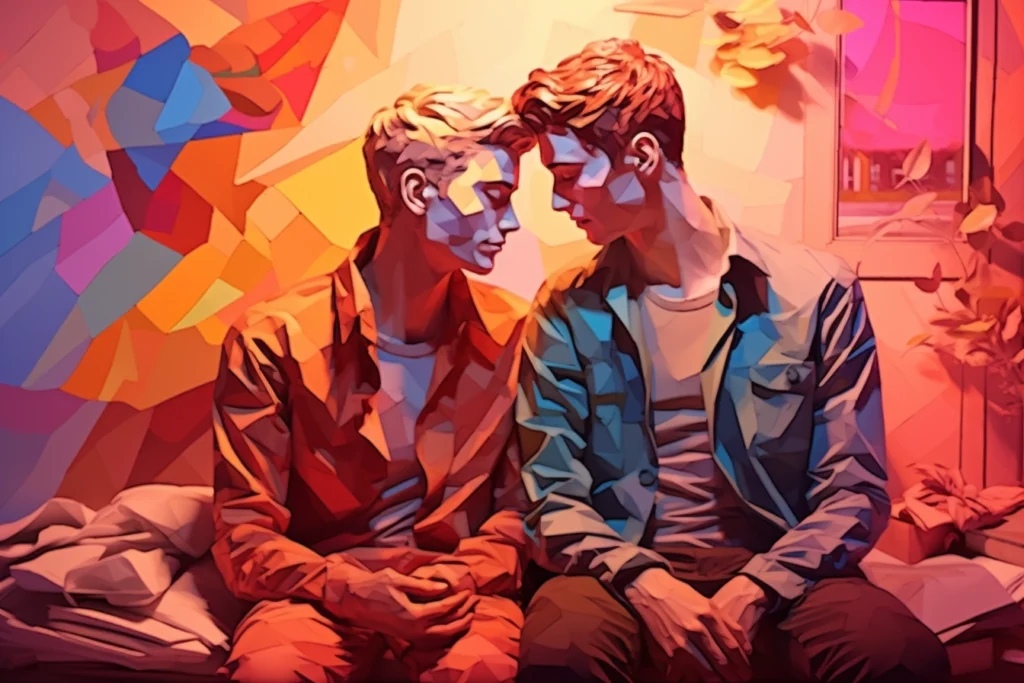
What he’s describing was the use of LSD in an attempt to convert two Gay, French teenage boys to heterosexuality. Dr. Belser said this involved “800 micrograms of LSD or 1200 micrograms of mescaline in repeated sessions with these teenage boys.” For those that don’t know, mescaline is a psychedelic found in several species of cacti, most famously the peyote cactus used in some Indigenous traditions. Dr. Belser says that this psychedelic was applied in conjunction with shock therapies, similar to insulin or electroshock therapy, to “jolt the ego with high doses of psychedelics.” He goes on to describe how witnesses reportedly heard things that can only be described as “heart-wrenching sounds, with the boys screaming in protest.”(3)
You may be asking yourself why anyone, much less the supposedly open-minded psychedelic clinicians of the mid-20th century, would do something like this.
Dr. Belser attributes their actions to beliefs about how psychedelics work. Beliefs that are still widely accepted today. According to Dr. Belser, there was a “prevailing idea that psychedelics are a potent new medicine. They break down the self, and if the self is malfunctioning — with the dysfunction being homosexuality — then we can dismantle the self. Psychedelics excel at this.”
Going further, Dr. Belser cites an article published in Lancet Psychiatry from last year that detailed how two lesbian women underwent conversion therapy in conjunction with psychedelic therapy. This is not something that has ceased. As Dr. Belser puts it, “It would be one thing if this practice ceased in 1970 when Nixon signed the Controlled Substances Act into law. But it hasn’t. To this day, in the United States, over 800,000 American adults have undergone some form of conversion therapy. Almost half of these, around 398,000, were adolescents. This is usually done through spiritual counselors or religious affiliations, but it remains prevalent. In psychedelic settings, we see issues like the male-female therapy dyad, which doesn’t accommodate trans or gender nonconforming individuals, both as clinicians and as patients.”(6)
Unfortunately, this is not likely to change anytime soon. For example, some organizations, such as the Takiwasi Ayahuasca Center, still hold what Dr. Belser calls, “outdated views on homosexuality.” He says that, “they believe that consuming Ayahuasca can cure someone of their homosexuality, and this is a concerning theory. You can read his interview on it online and a rebuttal to it still today.”
This trend can also be seen in some clinical settings, where many queer and transgender individuals are often “dead named.” This is the practice of using a transgender person’s legal name over their preferred name. It can also extend to pronouns. Dr. Belser states, “When trans folks go into the clinic, they talk to me and other queer people. They enter, and no one asks for their pronouns or preferred names. They use their legal name or their dead name. These are non-affirming practices in our psychedelic trials today. The most common occurrence is that queer people participate in a psychedelic clinical trial, discuss various topics, but they never truly come out. They don’t feel safe to disclose to the two straight therapists present, who never inquire about their sexual identity, gender identity, or pronouns. People tell me, ‘I did some good work but didn’t feel safe enough to come out to the therapy teams.’ That’s supposed to be a safe place, and I believe we must do better.”
Building A Path Forward For the LGBTQ+ Community Within the Psychedelic Movement

While psychedelics may have had a very dark past and harmed the LGBTQ+ community, Dr. Belser believes things are beginning to improve. According to him, “there are already positive changes underway. Organizations like MAPS have adjusted their policies to eliminate the male-female dyad, thanks to advocacy. In Queering Psychedelics, a book with 42 queer, diverse, and allied authors, we discuss intersectionality in various forms, including race, ethnicity, and socioeconomic status. We also introduced an LGBTQ-affirming assessment measure for use in ketamine clinics or MDMA studies. The book provides guidance on working in a trans and queer affirming manner from trans and queer clinicians.”
However, he still feels that there’s a significant amount of work to be done. As a researcher, Dr. Belser firmly believes that psychedelics provide us with one of the most potentially effective paths forward for the treatment of certain mental health conditions, such as “depression, trauma, or anxiety.” But, he says, “If you asked if they work for gay people. I can’t confidently provide an answer. We don’t know because most trial work involves white, straight (and largely male) individuals. We haven’t even assessed whether it works for LGBTQ people. We understand that the mechanisms of stress are different for queer individuals due to the additional lifetime stress they face.”
Dr. Belser hopes that in the future, more is done to address the issues mentioned above, and others. He cites many issues specific to LGBTQ+ individuals, such as, “sexual minority stress processes, rejection from families and communities, bullying, harassment, higher rates of sexual harassment and abuse, which then internalizes into feelings of shame. Coping processes might involve substance use or seeking validation through sexual encounters.”
Dr. Belser says that one issue facing researchers is a lack of funding. However, if that were to change, he believes real progress could be made. Thankfully, some work is being done, and “the scholarship on it is just beginning to emerge, but we can develop affirming treatments in our clinics.”

Dr. Belser believes that “[researchers and clinicians] can develop LGBTQ affirmative circles. There’s been some great work at UCSF, where they’re working with people who’ve survived HIV and AIDS. Brian Anderson and others in that study are working in a group model, primarily with older gay men. The queer community has always advocated for itself through liberatory practices, especially during the HIV/AIDS epidemic, and we can do it again.
When asked about the sort of LGBTQ+ inclusive research he’d like to see in the future, Dr. Belser outlined his dream study. Describing work that would be created by and for queer people, saying, “You’d work with experts with a lifetime of experience working with the queer community. Conduct focus groups to understand the specific needs and experiences of this community. Then, run a pilot that addresses LGBTQ-specific stressors, such as rejection, victimization, and discriminatory practices. When you look at the mental health disparities in states with rejecting policies versus accepting ones, there’s a significant difference. We would develop a pilot program, test it with queer people, and then conduct a full-blown randomized controlled trial. This wouldn’t just be about seeing the community as in need but recognizing our strengths. The queer community has a lot to offer the psychedelic community, especially when it comes to understanding the experience of coming out. The psychedelic community borrows the metaphor of ‘coming out’ because queer people have been doing it for a long time. I believe there’s a lot to be learned mutually.”
But he says that first, “we need allyship with our straight colleagues to work in groups, learn from one another, and develop affirming practices in the way we conduct psychedelic research. This includes staff training and straight individuals reflecting on their internalized homophobia and transphobia.”

The concept of allyship within the psychedelic movement shouldn’t be anything new. How many psychedelic evangelicals do you know that are frequently found promoting openness, support, and further investigation of psychedelics as a whole? Surely this sort of support can be extended to the many queer and LGBTQ+ member of the movement? After all, psychedelics can do one thing: it’s helping individuals connect on a genuine level. If nothing else, they are among the most powerful tools of self-introspection and empathy that humans have access to.
While psychedelics will always have a dark past, they also present us with a uniquely bright future. One, that with the help of individuals like Dr. Alex Belser, and others, can be shared with us all.
Sources

1. Ens, A,. A Specific Cure for Homosexuality: Postwar Psychedelic Conversion Therapies in the United States & Canada. (n.d.). School of Pharmacy. https://pharmacy.wisc.edu/event/a-specific-cure-for-homosexuality/
2. Gazvard. B., The Playboy Interview With Psychedelic Advocate Timothy Leary. (n.d.). Playboy. Retrieved September 6, 2023, from https://www.playboy.com/read/the-playboy-interview-with-timothy-leary
3. Stanislav Grof, Hofmann, A., & Weil, A. (2008). LSD psychotherapy. Multidisciplinary Association For Psychedelic Studies.
4. Alpert, R. (1969). LSD and sexuality. The Psychedelic Review, 10, 21–24.
5. Ens, A. University of Saskatchewan. “WISH I WOULD BE NORMAL”: LSD AND HOMOSEXUALITY AT HOLLYWOOD. https://harvest.usask.ca/bitstream/handle/10388/11775/ENS-THESIS-2019.pdf?sequence=1&isAllowed=y
6. Ph.D, R. M., & Ph.D, J. H. (2000). The Varieties of Psychedelic Experience: The Classic Guide to the Effects of LSD on the Human Psyche. In Amazon. Park Street Press. https://www.amazon.com/Varieties-Psychedelic-Experience-Classic-Effects/dp/0892818972
7. Spandler, H., & Carr, S. (2022). Lesbian and bisexual women’s experiences of aversion therapy in England. History of the Human Sciences, 35(3-4), 095269512110594. https://doi.org/10.1177/09526951211059422.
This material is not intended as a replacement or substitute for any legal or medical advice. Always consult a medical professional about your health needs. Psychedelics are widely illegal in the United States, and readers should always be informed about local, state, and federal regulations regarding psychedelics or other drugs.
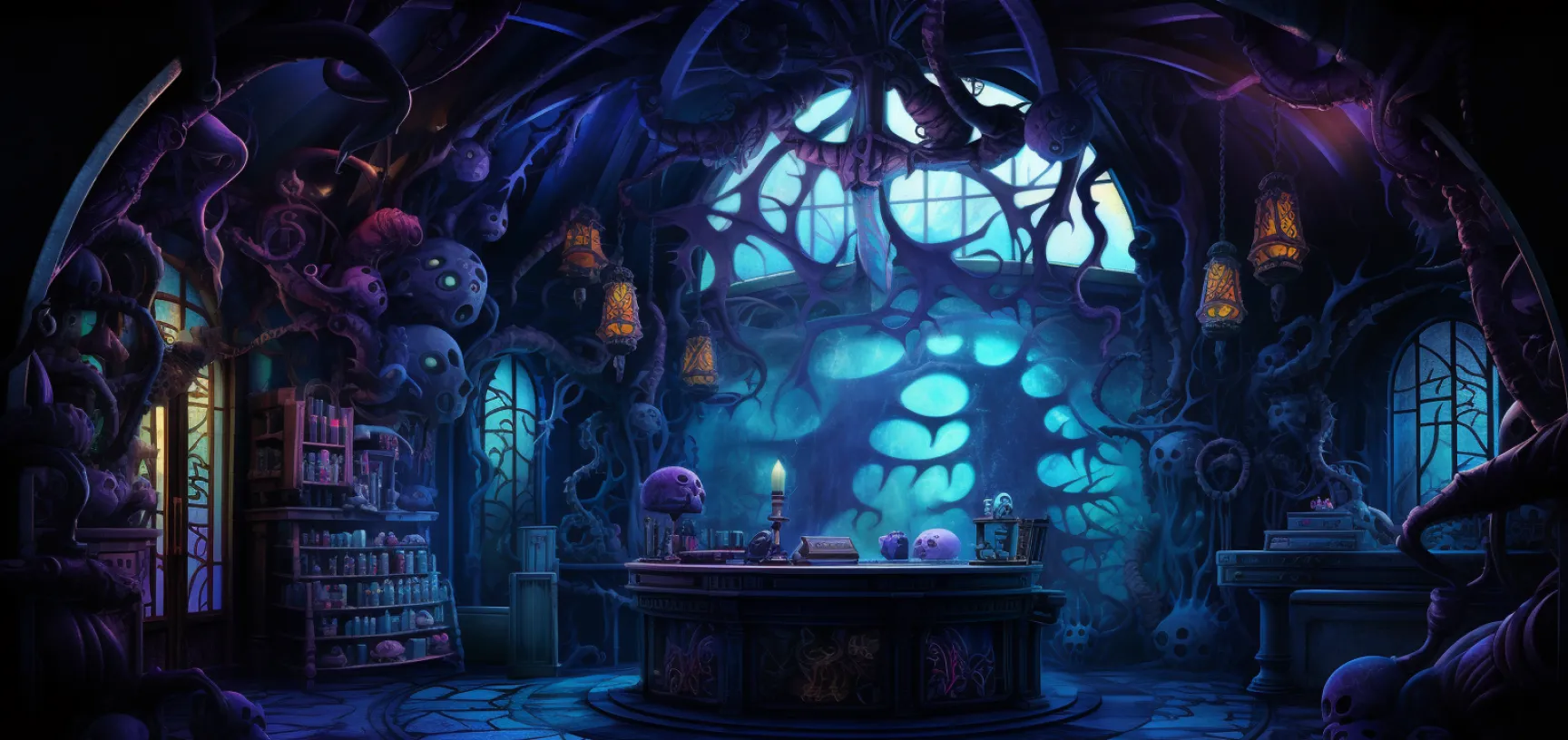
 David Connell
David Connell